The Headset Platform Wars May Already Be On Apple’s Side
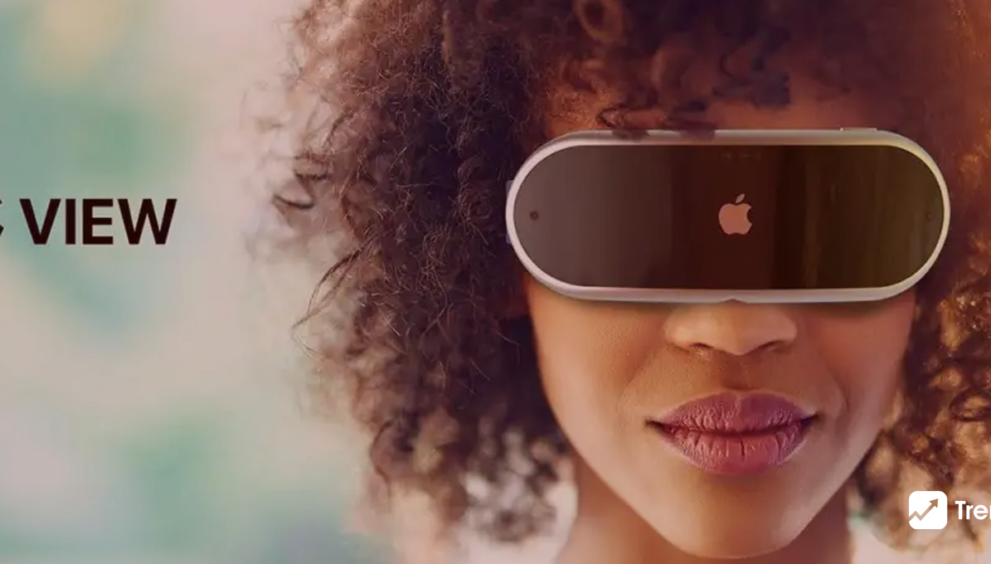
According to trademark applications, Apple may be claiming potential names for its highly anticipated mixed-reality headset as part of the tech giant’s drive into its first new product category in years. The names “Reality One,” “Reality Pro,” and “Reality Processor” were registered in the United States, the European Union, the United Kingdom, Canada, Australia, New Zealand, Saudi Arabia, Costa Rica, and Uruguay. Though Apple did not submit the filings, they follow a pattern that the iPhone manufacturer has followed in the past, including relying on law firms that the corporation has previously hired to secure brand rights.
Apple’s headset is believed to incorporate virtual and augmented reality technologies, putting the corporation in direct rivalry with Meta Platforms, the market leader in virtual reality (VR) gear. The Apple Watch was the company’s first venture into a new hardware category in seven years. Apple’s representative in California declined to comment on the papers. The trademark applications have not yet been authorized, and there is no assurance that any of the names will appear on future Apple products. Nonetheless, there are hints that Apple is preparing to expand into the headset market.
There Are Hints That Apple Is Preparing For Its Entry Into The Headset Market!
According to papers acquired by Bloomberg News, the new trademarks are all registered to a shell organization called Immersive Health Solutions LLC, which was formed in February. The Corporation Trust, another Delaware shell corporation commonly utilized for filings by corporations seeking to evade notice, registered the company itself. That same business was utilized for the realityOS trademark.
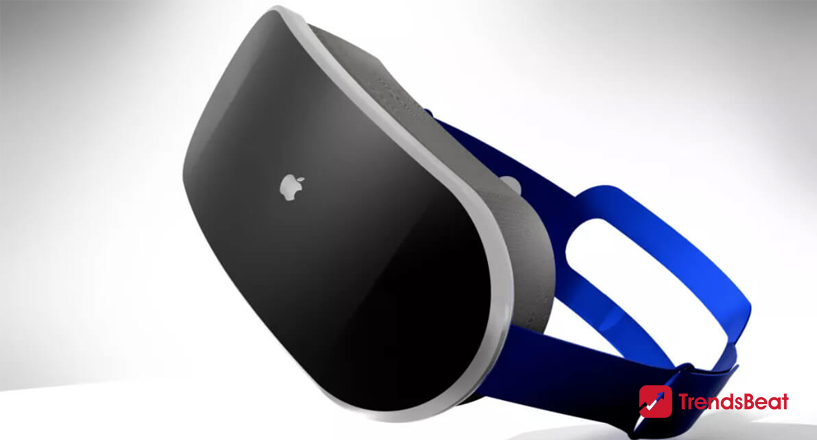
The corporation behind the trademarks relied on numerous big-name and boutique legal firms in each operational nation to file the trademark paperwork, which began in Canada with an original application in February and many other countries in August. Apple’s headset is rumored to offer VR-based versions of Apple apps such as Maps and FaceTime and collaboration options for multiple headset users. It is also planned to concentrate on consuming media material such as sports and movies in VR and gaming. The most recent trademarks also suggest that the gadget may have health-related capabilities. The original Apple headset will compete with Meta’s planned Quest Pro, which the firm hopes to release in October and will include capabilities such as eye and body tracking. Google, Samsung Electronics, and other Apple rivals are considering building their own VR and AR goods.
Apple May Have Already Won the Headset Platforms War
Apple has introduced the new Vision Apple product, Vision Pro “spatial computing” headset. Apple avoided having to make difficult judgments about the technology it could or could not afford to add to the headgear by selling it at $3,500. As a result, a slew of CPUs, sensors, and displays are required to go above and beyond any consumer-level VR, AR, or mixed-reality product we’ve seen previously.
The Apple new Vision Pro provides something unexpected: a sense of cozy familiarity. Even though it is very different from an iPhone, iPad, or Mac, it shares many of its apps and services and their overall sensibility. This isn’t Apple’s take on the metaverse, a realm that, although not yet existing, has already earned a reputation for being strange and gloomy.
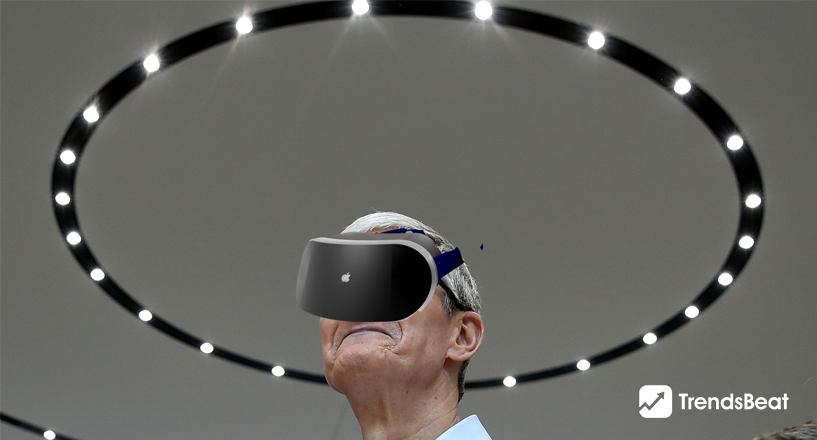
Instead, it’s the Apple environment that millions of people are already familiar with—part of a platform of platforms that already extends from PCs on people’s desks to phones in their wallets to watches on their wrists. While no other business has come close to collecting such a range of linked products, the core concept isn’t new. Microsoft attempted a similar tactic with Windows in the 1990s and early 2000s. It even attempted to penetrate several of the markets that Apple would eventually enter, such as phones, tablets, and watches. That strategy, however, did not survive, in part because Microsoft never figured out how to make Windows work on devices without a keyboard and mouse.
Apple’s biggest strength has turned out to be generating interconnected experiences, with the corporation gradually taking on as much overall responsibility as possible, beginning at the chip level. That doesn’t guarantee success, but it might be the most potent competitive edge in tech history.
In some ways, Apple’s present rival in headsets hardly qualifies as competition. The Vision Pro’s initial price of $3,500 puts it on a completely other planes of existence than something like Meta’s impending $499 Quest 3. Both items may succeed on their terms, satisfying diverse sets of consumers. Still, if Apple is serious about spatial computing, it will offer devices at less exorbitant costs in the future. And, if Apple’s impact on the rest of the industry is any indication, Meta’s products may owe more and more to Apple’s concepts over time. In one way or another, future headsets from the two firms appear to be taking on each other more directly.







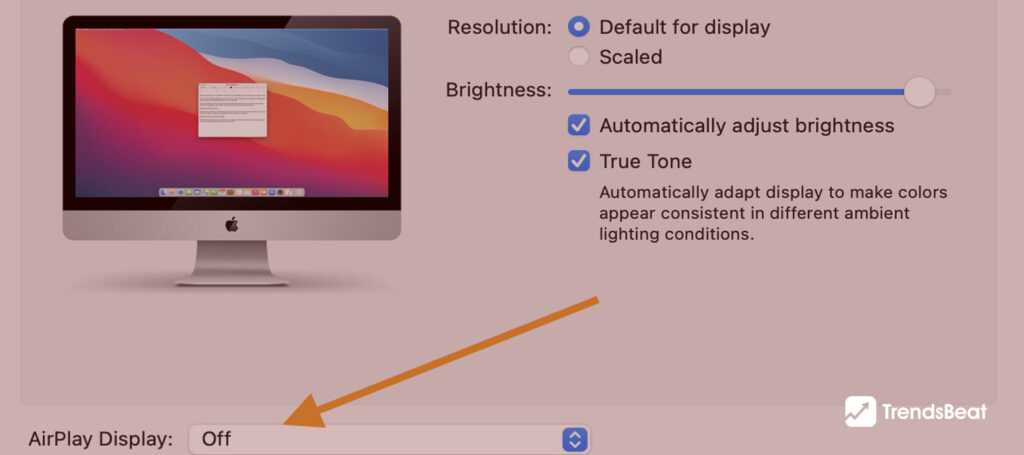









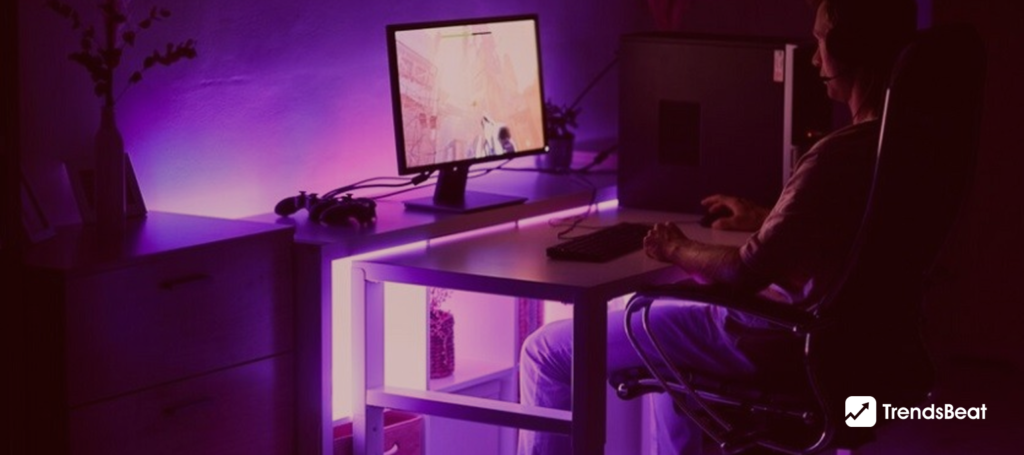
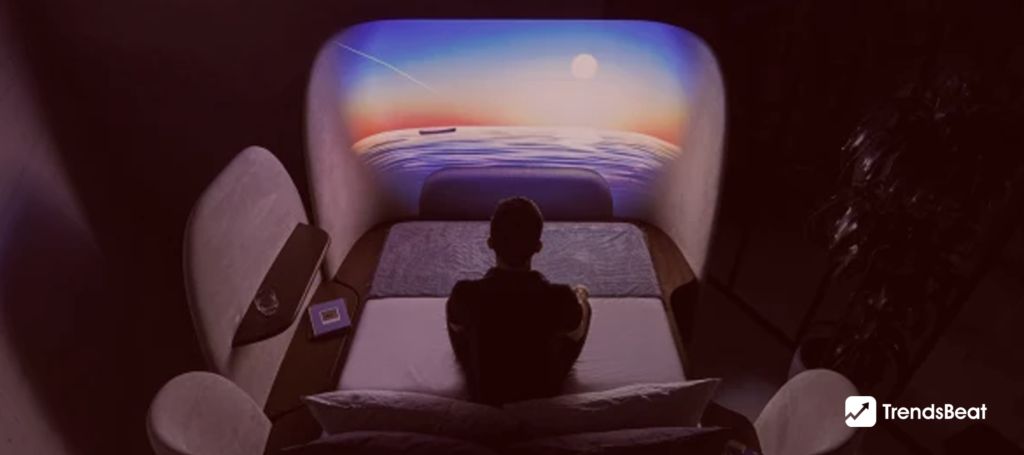





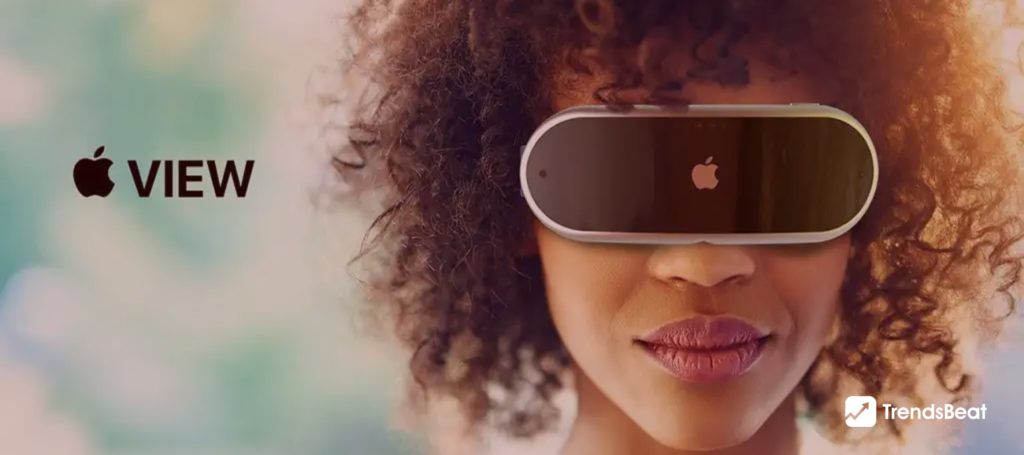

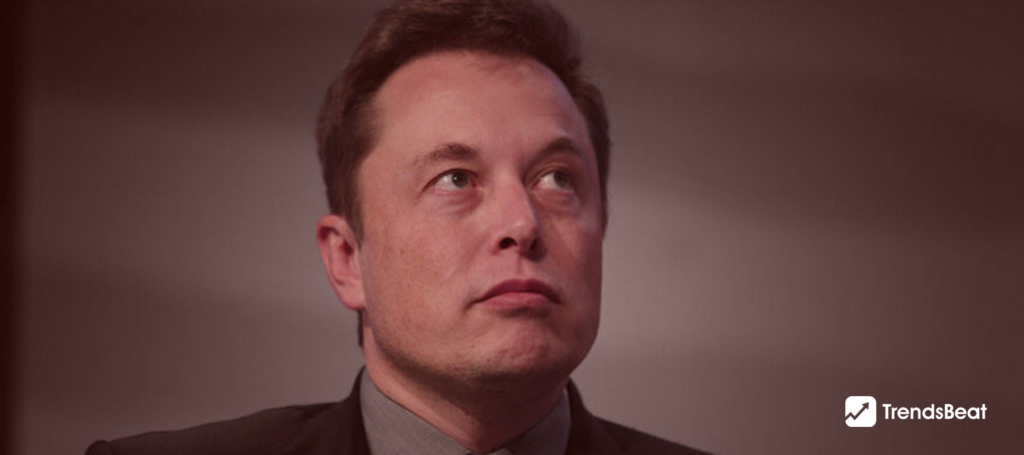



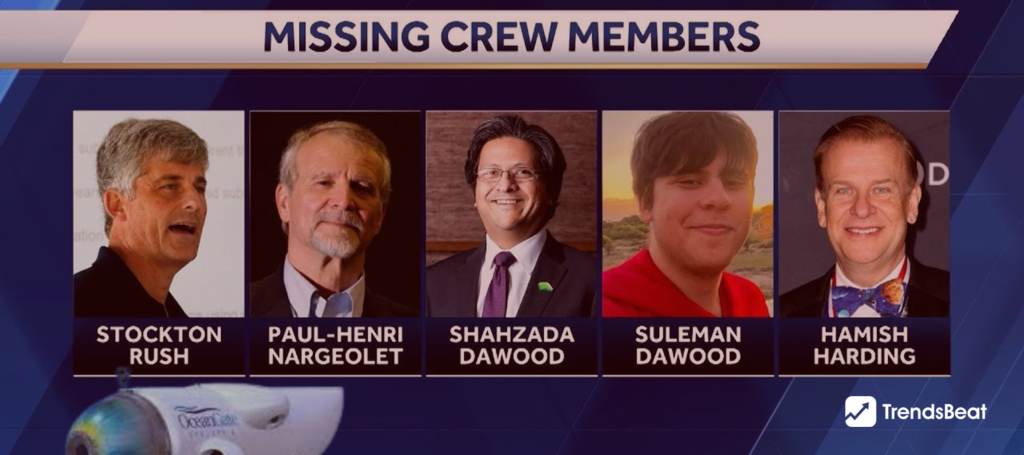
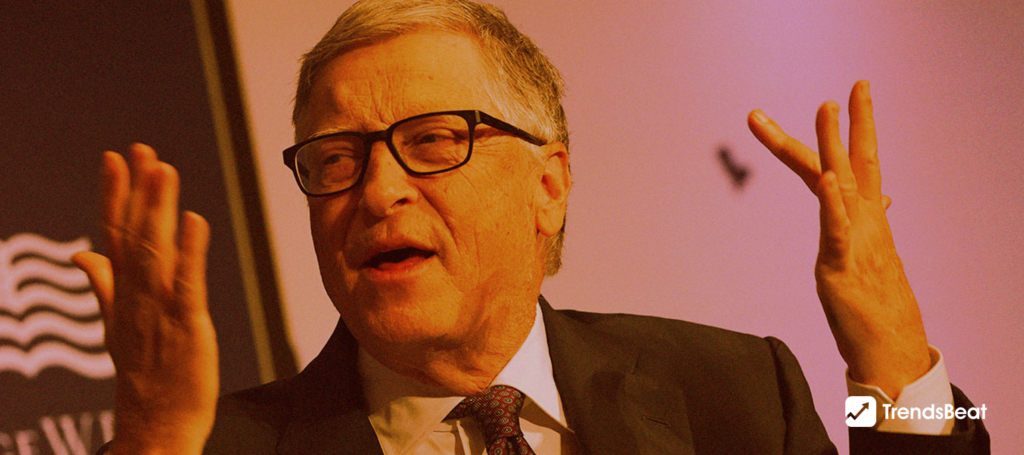
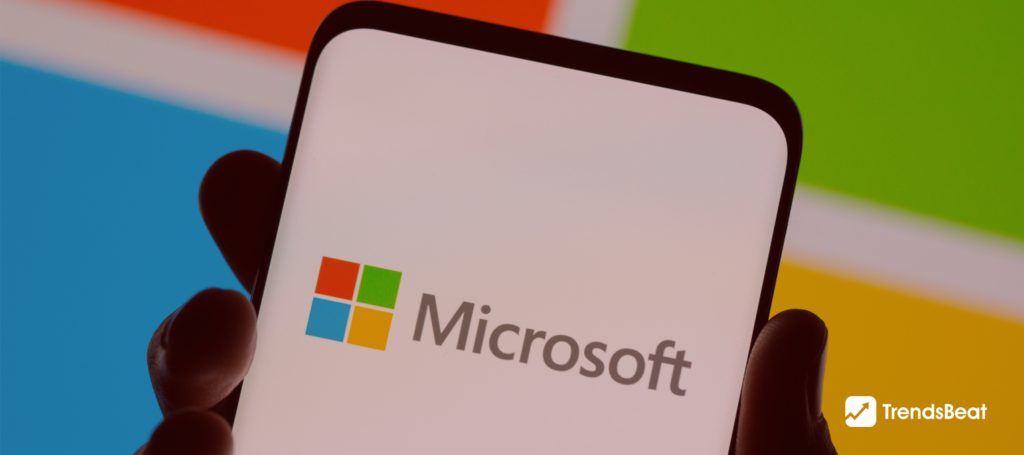

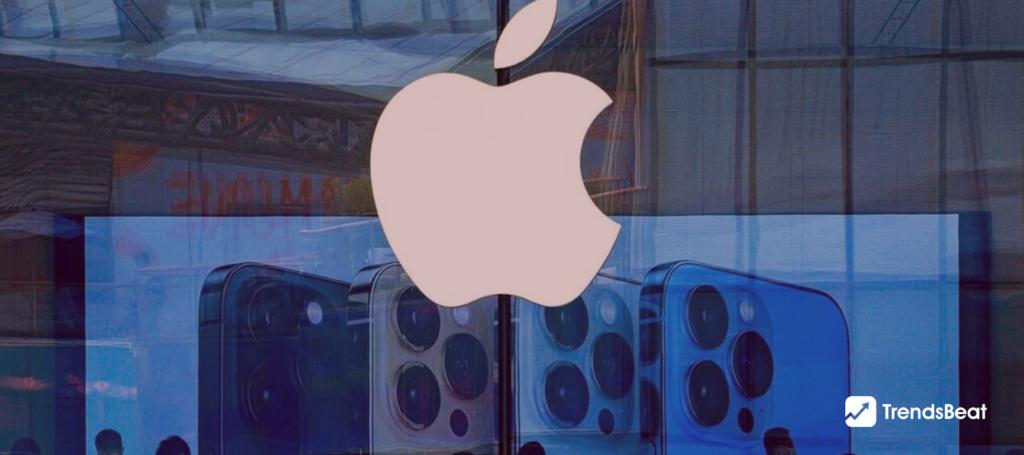

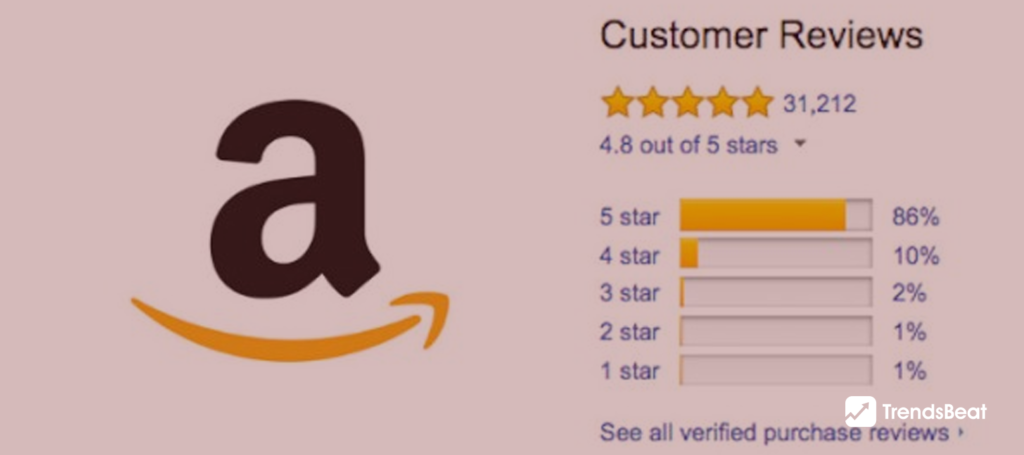










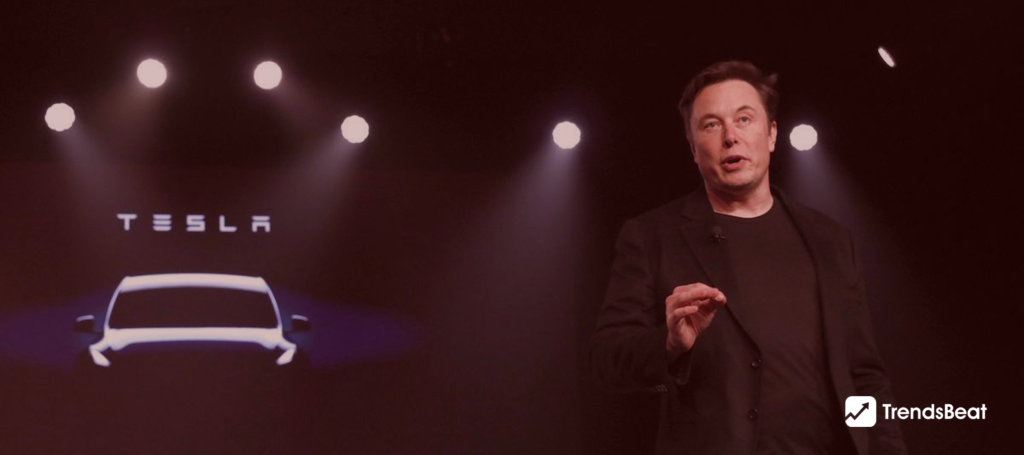


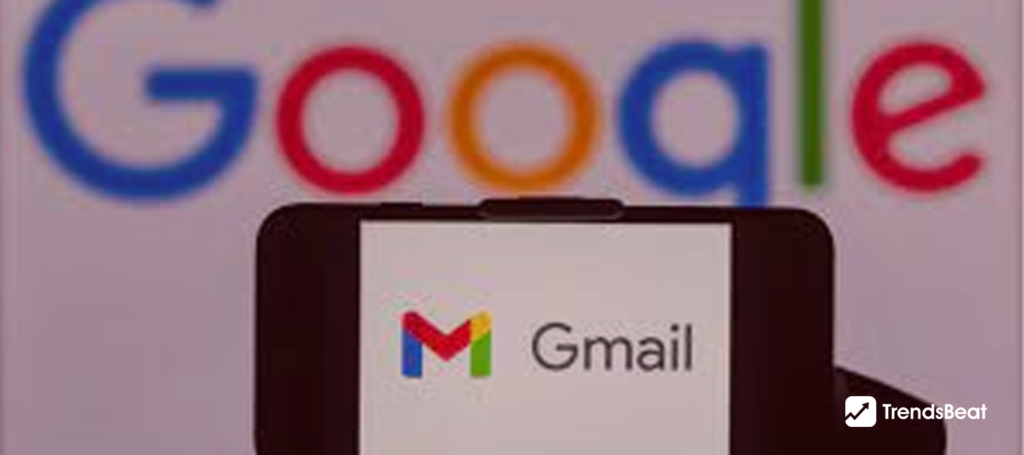
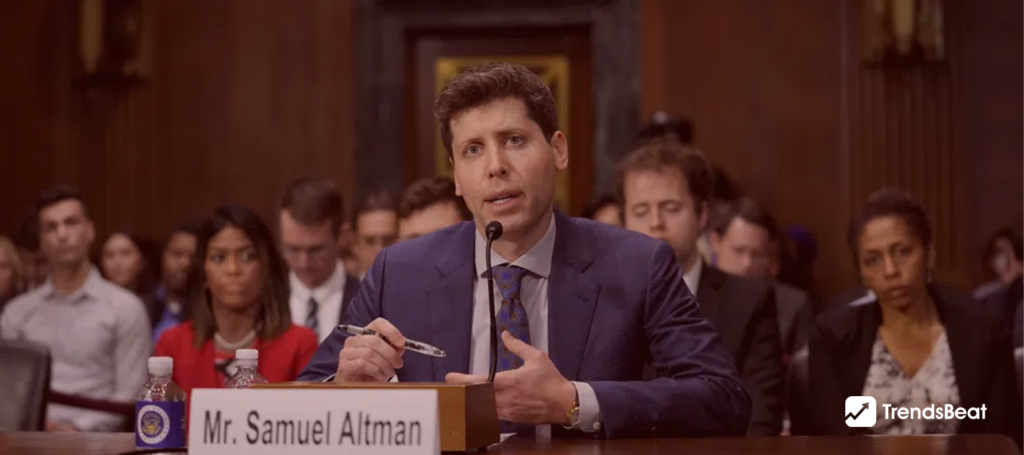


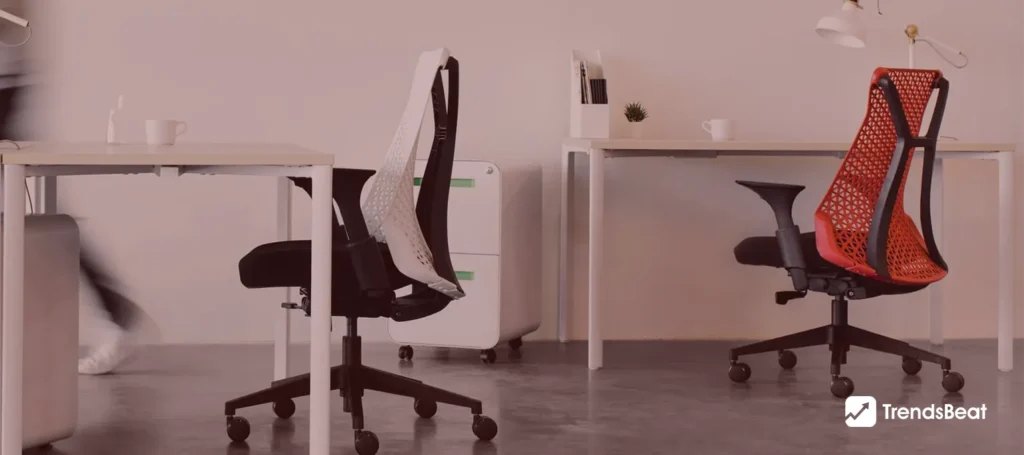
















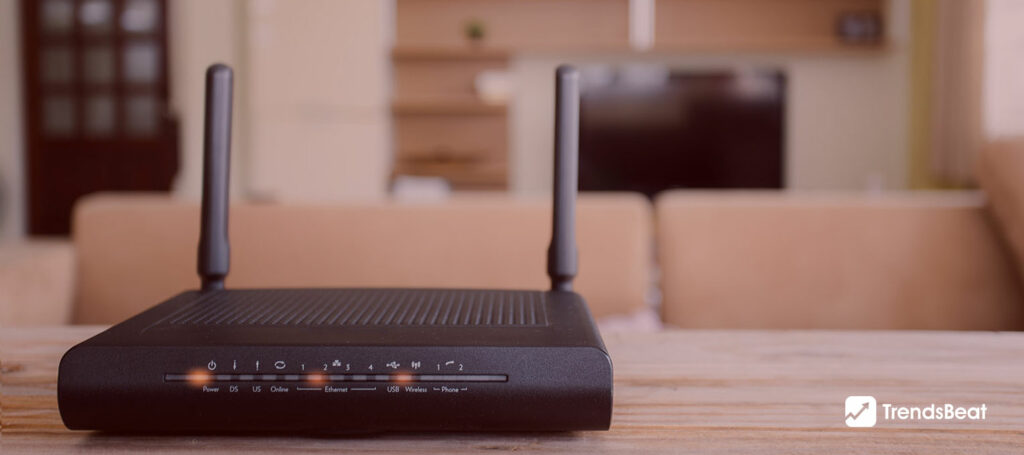






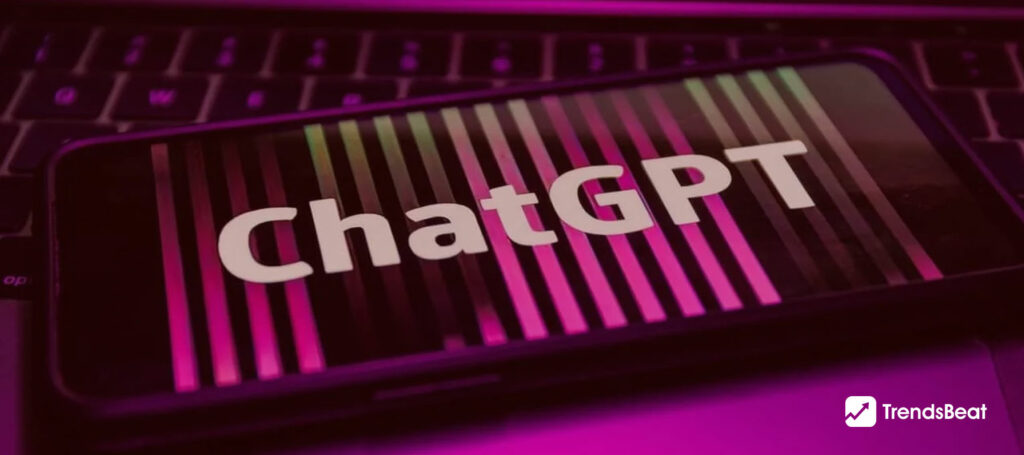
![Essential-Cybersecurity-Tips-for-Small-Businesses-[Protect-Your-Data]-TrendsBeat](https://trendsbeat.com/wp-content/uploads/2023/05/Essential-Cybersecurity-Tips-for-Small-Businesses-Protect-Your-Data-feature-image-template-1024x455.jpg)




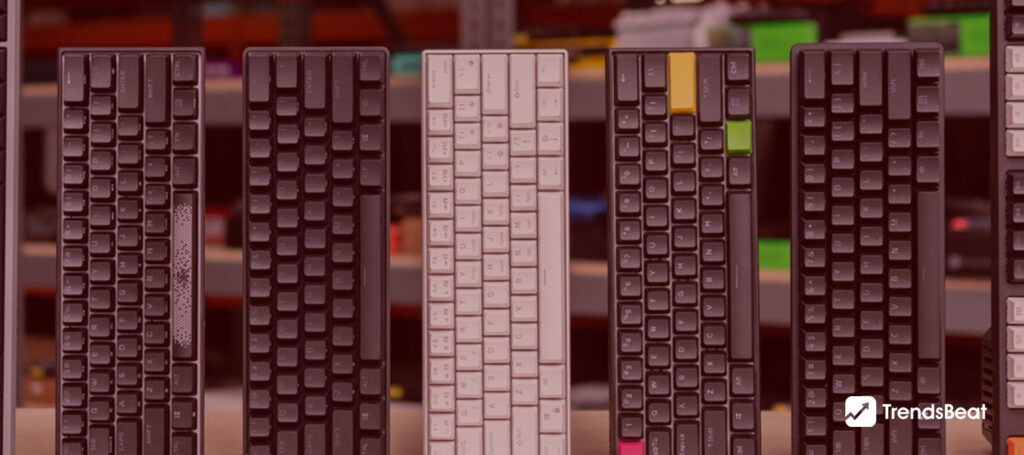


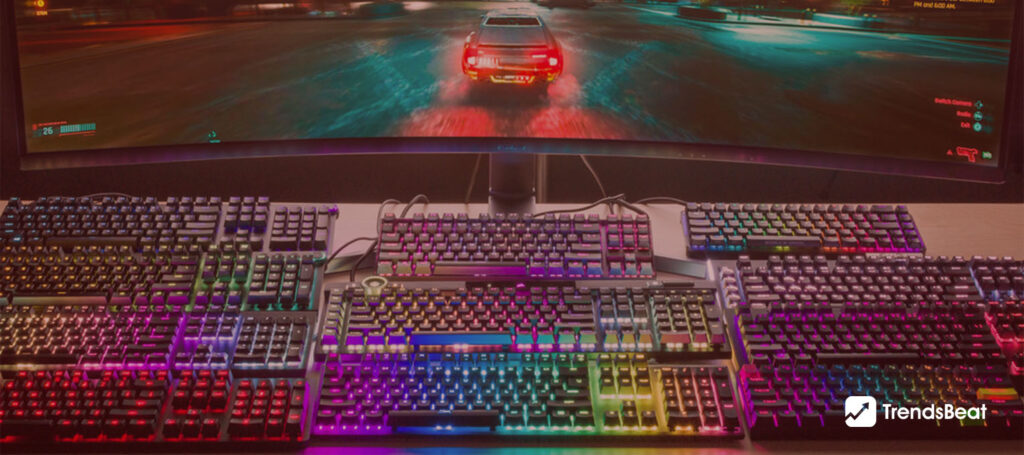

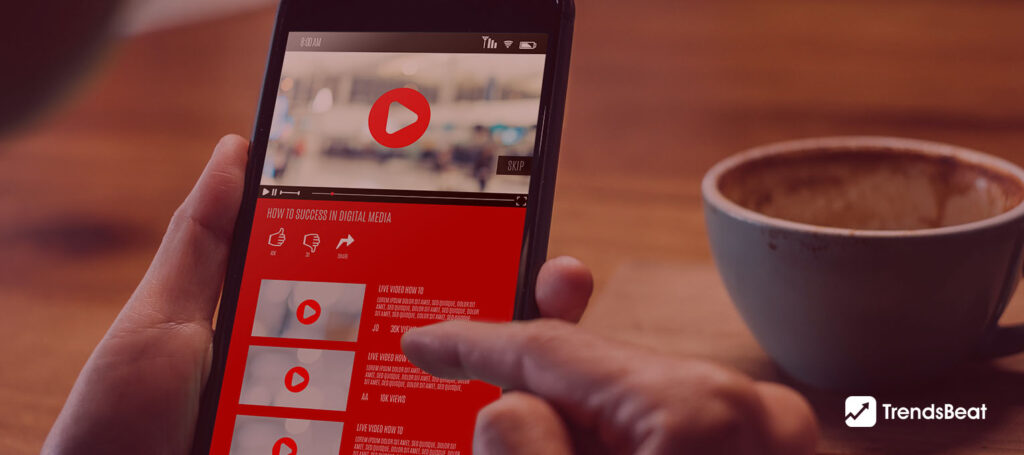








![Top Fitness Trends & Workout Routines to Follow [Stay Fit, Stay Healthy]](https://trendsbeat.com/wp-content/uploads/2023/04/feature-image-Top-Fitness-Trends-Workout-Routines-to-Follow-Stay-Fit-Stay-Healthy-1024x455.jpg)










![[Weight Loss Medication Health Effects] Side Effects and Best Advice](https://trendsbeat.com/wp-content/uploads/2023/04/feature-image-Weight-Loss-Medication-Health-Effects-Side-Effects-and-Best-Advice-1024x455.jpg)



